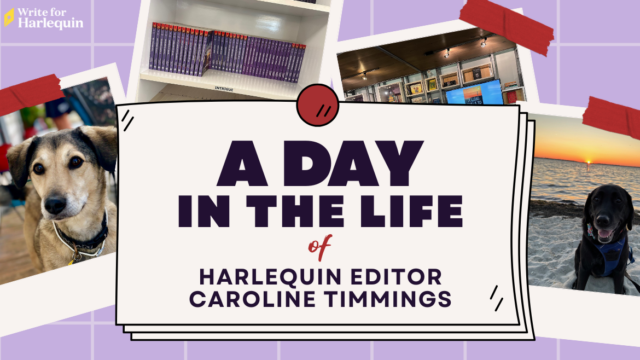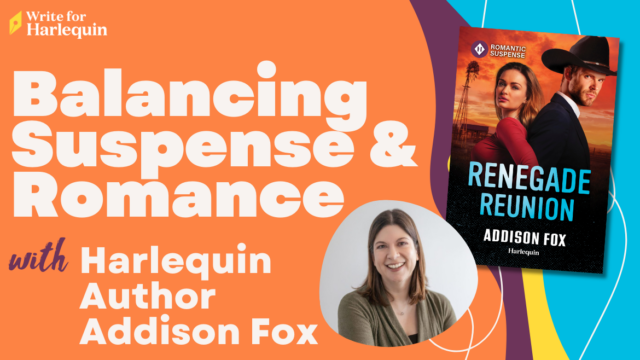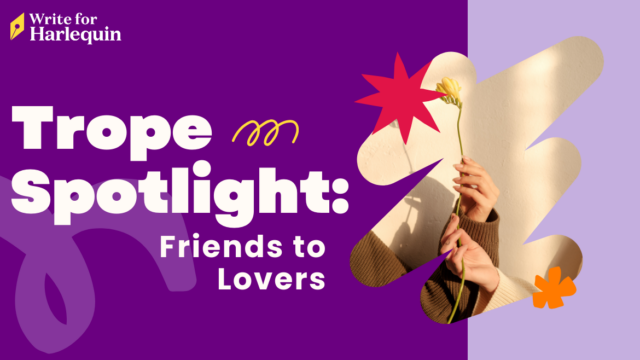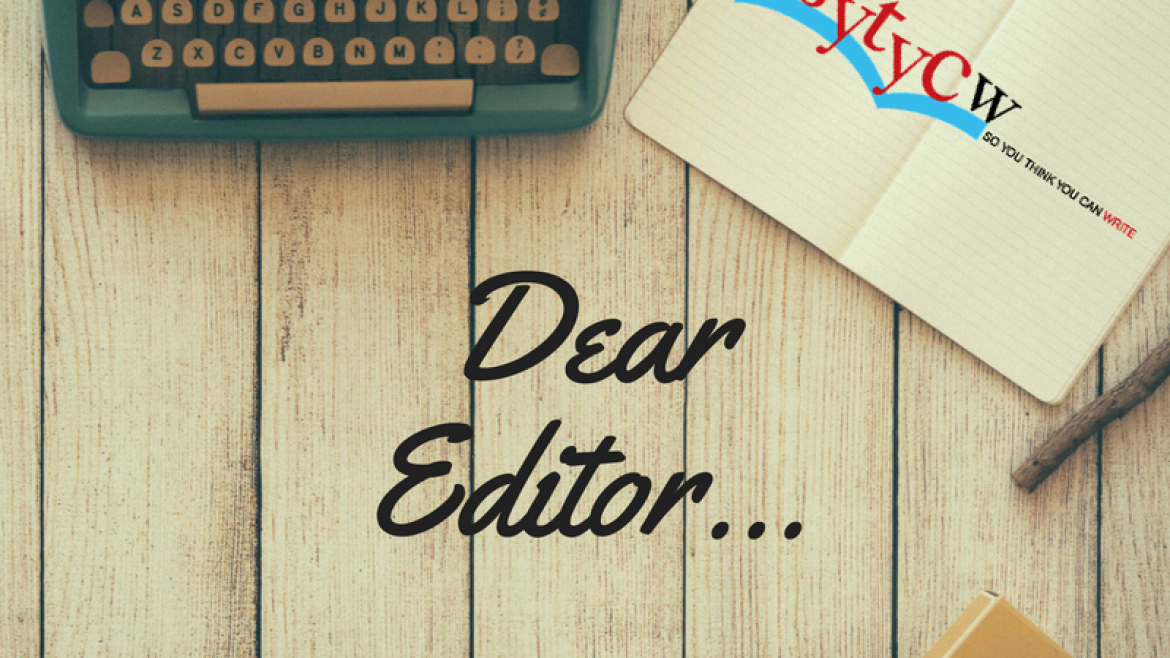
Every now and then, we like to revisit some of our classic blog posts, which are still helpful (we hope). From our Advice from the Archives…
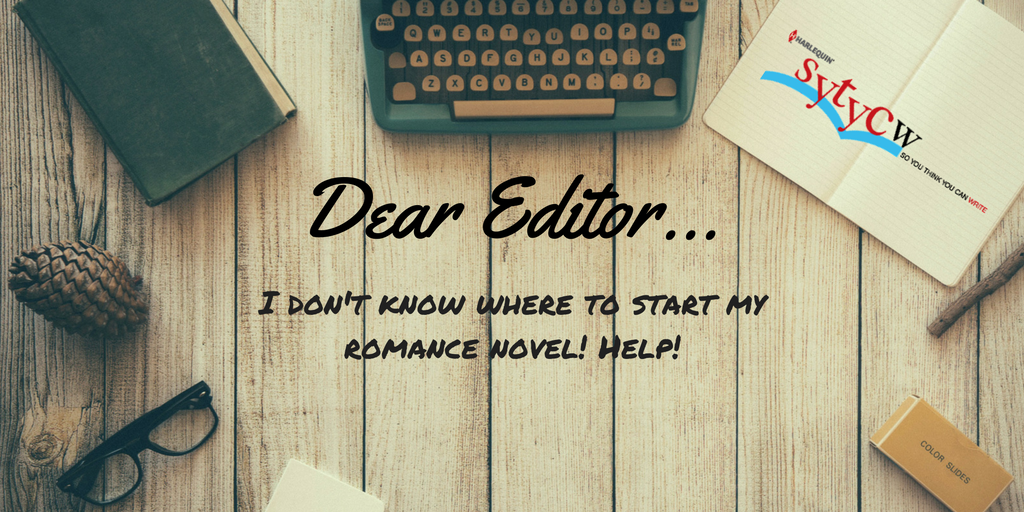
Dear Editor,
I don’t know where to start my romance novel! Help!
Leah
Dear Leah,
Never fear! You’re not alone in this quandary. Sometimes, a writer will pen several chapters before realizing that the story really begins on p. 23. This is what crafting and rewriting is all about! The more you write, the more your instincts will kick in as far as where to begin your story.
Some warning signs that you’re not starting in the right place:
If your characters are doing a lot of driving, preparation beforehand. Are they thinking and driving to get to that exciting place where they need to go? Is your heroine trying on a lot of dresses and agonizing over which one to wear to the big night out? This can take up ten pages at least, ten pages the reader doesn’t care about. You want to begin at that exciting destination, not en route.
You are drowning your reader in backstory. Of course, you need to inform your reader, but it doesn’t have to be at the beginning. You can weave in that backstory gradually. You want to capture the intensity from the very first page.
Clichés can kill plausibility! Are the hero and heroine literally bumping into each other and does the heroine drop everything in her hands as a result? This is a cliché, one of those acts that occurs in so many stories. Be creative about how the hero and heroine meet and make it realistic (as much as possible).
So if you nix the dress scene and the heroine’s life story and the predictable “meet cute”, what’s left? How can you avoid the lackluster opening? First, consider that editors read so many beginnings of stories. Some of us only read that first page, while others go a little further. Ideally, you want the editor to read that entire book. But let’s take baby steps and focus on the beginning and how to fine tune it to grasp your reader’s attention.
What gripping interaction or conundrum can you present on that first page? Again, avoid clichés unless your voice/situation puts a different spin on them. What is inviting the character into the journey? Did the heroine just make an offer the hero can’t refuse or visa versa? Did the elevator stop working mid-floor, leaving two people stuck with each other for twelve hours?
Watch the language. Some writers can pull off the ultra-descriptive opening with the low-hanging clouds, sliver of moon piercing through on a dull, dreary Sunday. But sometimes, the flourishes fail miserably and we editors skip over them. See if you can communicate a provocative situation/POV in the simplest language, then embellish from there.
Get to the heart of your character on that first page. Whether it’s the hero or the heroine, let us know who he/she is. Editors love to fall in love with characters, so let us do that from page one. How is your hero or heroine lovable? You can do this through point of view, but really dig deep.
Give us the hooks! Along with character and premise, it’s important to show us the hooks of the story early on. Is the setting unique or one that readers love? For instance, is the story set in a cozy small town or glitzy urban environment? Is the heroine a single mom? How did two strangers wake up married?
Once you digest these points above, you can start in a place that makes the reader never want to put down the story. Even better, you might have more fun writing.
We hope you find these tips helpful, and best of luck with your winning beginning.
Happy writing!
Patience & the SYTYCW Team


